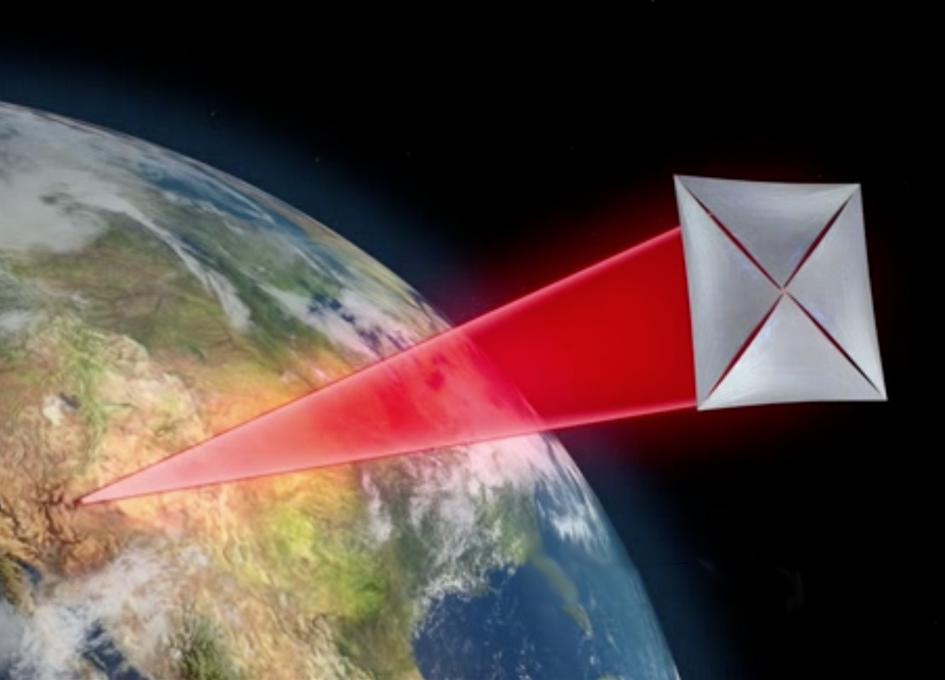Breakthrough Starshot is an ambitious $100m project with the aim of sending a small spacecraft to Alpha Centauri.
The project is headed by an all-star team including leading physicist Stephen Hawking and Russian billionaire Yuri Milner. Facebook’s CEO Mark Zuckerberg sits on the board of directors and NASA’s former director of the AMES Research Centre, Pete Worden, will lead the venture.
“I believe what makes us unique is transcending our limits … Earth is a wonderful place, but it might not last forever … Sooner or later, we must look to the stars. Breakthrough Starshot is a very exciting first step on that journey.” – Stephen Hawking
The project essentially involves using an array of ground-based lasers to ‘push’ a small craft equipped with ‘lightsails’. The Starshot spacecraft’s sails would be several metres wide but only a few hundred atoms thick. With a low mass and no drag, it’s anticipated that the force able to be transmitted to the craft via laser light from back on earth could accelerate the craft up to 130 million miles per hour (one 5th the speed of light) – the velocity required to reach Alpha Centauri within the quoted timeframe.
Using a mix of existing and soon-to-exist technology, the Starshot craft could be capable of reaching our nearest neighbouring star-system in as little as 20 years.
For a sense of how fast that really is – Alpha Centauri is 25 trillion miles away, or about 4 light years, and would take conventional spacecraft 30,000 years to complete the journey. The Starshot craft would need to travel a thousand times faster than any human-made object has ever travelled before.
Starshot Project has Major Engineering Obstacles to Overcome
The engineering challenges in simply achieving the required velocity with a single craft are enormous, but the mission aims to also incorporate “StarChips” – tiny spacecraft towed behind the sails. These StarChips would provide important equipment for the trip, including sensors, cameras, communications arrays, thrusters and navigation equipment. The further development of nanotechnology will be necessary to make these low-mass, high yield components.
“The thing would look like the chip from your cell phone with this very thin gauzy light sail … that would be something like 3.5 metres across,” Dr Worden of NASA said.
The ambition of the Starshot project is unrivalled – it aims to reach further into space than any spacecraft before it. The initial $100m investment has been dubbed a “research and engineering program”, with the cost of actually funding the mission being much bigger. The money required to actually complete the project has been estimated at around 13 billion dollars.
As it stands, the technology required for the mission to be a success does not exist. From the nano-tech needed to produce the wafer-thin crafts and equipment, the ship to launch them into space or the laser array, there are many technical challenges ahead before the project can be realised.
If the craft were able to reach Alpha Centauri and take photographs or record data, it would take a further 4 years to transmit that information back to Earth.


